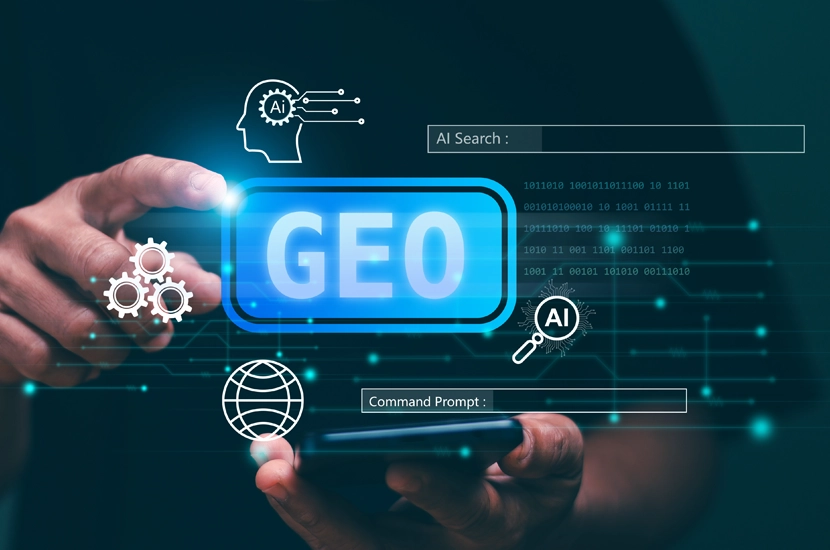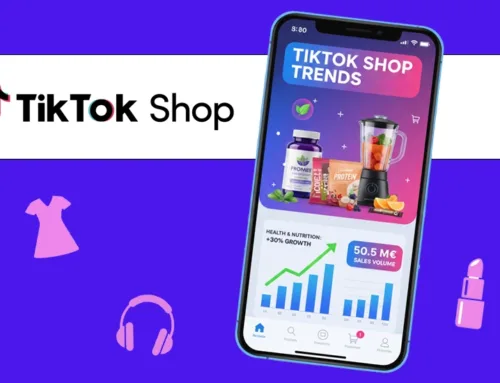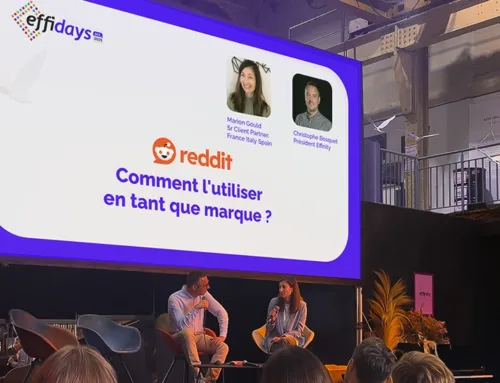For a long time, the value of online content was measured according to well-established criteria: volume of traffic generated, number of sales obtained or position in search engine rankings. Within this framework, only the most visible sites and creators seemed to carry any real weight. A blog post relegated to the bottom of the first Google page, or a YouTube video with few views, was considered almost useless in a digital marketing or affiliate strategy.
However, the rise of Large Language Models (LLMs) such as ChatGPT, Gemini and Claude has reshuffled the deck. These AIs use colossal quantities of online content to generate their answers, relying on a process called grounding: they cross-reference, verify and enrich their information with available sources.
As a result, even low-profile content can now be valued by the AI, cited as a reference, and thus confer unexpected visibility and credibility on the brand or creator.
This is the very principle of Generative Engine Optimization (GEO): an emerging discipline that aims to optimize content not just for traditional search engines (SEO), but for AI generative engines. In this logic, even a second-tier affiliate can play a strategic role, as its content becomes a resource that can be exploited by AI, and therefore a source of indirect visibility. For Effinity, taking GEO into account in the objectives of an affiliate program has thus become indispensable.
The old content value equation
Traffic and sales as dominant criteria
Until now, the hierarchy was clear: content was only valuable if it generated a high volume of traffic, a significant number of affiliate clicks or significant conversions. In the affiliate ecosystem, this meant that partnerships were concentrated around the biggest publishers: leading comparison sites, mainstream media sites, high-audience influencers.
The key role of SEO ranking
Google and other search engines have long been the arbiters of visibility. Being in the top 3 for a strategic query meant a steady flow of traffic and revenue. Conversely, being relegated to the bottom of the first page, or even the second, condemned content to a low audience. Less well-positioned affiliates were perceived as “second-rate” players.
The marginalization of niche markets
Specialized content creators, whether technical blogs, enthusiast sites or micro-influencers, were often left out of large-scale affiliate campaigns. Their limited audience limited their ability to generate significant sales volumes, despite the quality or relevance of their content.
With the advent of GEO, this hierarchy has been turned upside down: even content relegated to “secondary places” can now influence the responses provided by generative AIs.
How are LLM and GEO redefining the value of content?
How LLMs work
Language models like ChatGPT are trained on huge corpora of public and private texts. Their aim: to predict the most relevant word or phrase from a query. To guarantee the accuracy of their answers, they use grounding processes, i.e. they rely on existing content to verify and enrich their formulations.
The rise of GEO
Whereas SEO was about optimizing content to appear in Google results, GEO is about structuring and producing content in such a way as to be recognized, reused and cited by generative engines. Here, value is measured not just in clicks, but in references implicit in AI responses.
Adding value to secondary content
In this context, content doesn’t have to be number 1 on Google to be used by an LLM. A page ranked 7th, 10th or even lower, if it contains reliable, structured and relevant information, can be integrated into the AI knowledge base and used as a reference in a generated response.
The power of quotations and mentions
When content is picked up by an AI model, it acquires new visibility. Even without direct traffic, it can be cited as a trusted source. For a brand or affiliate, this amounts to a form of implicit recognition that reinforces credibility and positions content as a trusted resource in the digital ecosystem. In fact, this is a position advocated by Google in its advice on how to rank well in Google AI Search results.
Indirect visibility in the GEO era
Specialized designers as new references
A highly specialized site on a technical subject (e.g. a software engineering blog) may be invisible to the general public, but quoted by a chatbot in a response to a user seeking precise explanations. The initially modest audience then becomes a source of authority, indirectly enhanced by AI. These sites are therefore an integral part of an SEO strategy for GEO. Identifying them, sourcing them and matching them with advertisers’ affiliate programs has become a key skill for an affiliate platform.
Increased credibility thanks to citations
When niche content is mentioned by an AI, it benefits from a halo effect: the user perceives the brand or author as credible, because “validated” by a machine perceived as neutral and intelligent. Even if this traffic doesn’t immediately translate into sales, it contributes to the brand’s reputation and trust capital.
Concrete examples:
- A poorly referenced solar energy blog can be used by an AI to explain the differences between monocrystalline and polycrystalline panels.
- A niche YouTube video describing an artisanal technique can be quoted in a response generated by a cultural chatbot.
- A micro-influencer article on wellness can be used as a resource to formulate health advice in an AI app.
Strategic implications for affiliates and advertisers
Second-tier affiliates become strategic
Whereas brands used to concentrate their budgets on the big players, with the arrival of GEO, it’s now becoming interesting to collaborate with smaller but specialized publishers. Even with a limited audience, their content can feed LLMs and give them unexpected visibility.
Towards a GEO mesh strategy
It’s no longer enough to target the big SEO sites. Advertisers need to diversify their affiliate partnerships to also include GEO-compatible creators: niche specialists, thematic experts, reference bloggers.
Rather than aiming solely for volume, the key is to build a diversified network that includes :
- traffic leaders,
- niche publishers,
- specialized designers able to provide thematic credibility.
Profit diversification
By multiplying partnerships, a brand increases the chances that its content, or that relayed by its affiliates, will be integrated and cited in responses generated by AI. This paves the way for indirect organic visibility. GEO-friendly content increases opportunities for visibility in IA responses, independently of traditional SEO ranking.
Towards a redefinition of digital assets
From quantity to quality
In the age of AI and GEO, the value of content is no longer just quantitative (traffic, conversions) but also qualitative. Reliable, sourced and well-structured content, even if it’s not very visible, can become an essential building block of knowledge mobilized by LLMs.
Niche content as a GEO resource
Specialized blogs, thematic comparators, expert podcasts… are becoming GEO strategic assets. They help shape the knowledge base that AIs use to respond to users. Their strategic value no longer depends solely on their immediate audience, but on their ability to be considered as references.
Opportunity for affiliate platforms
Effinity has always valued these niche affiliates. With the arrival of LLMs, our teams can now identify which affiliates are GEO-friendly, produce content deemed reliable by the models, and thus play a more central role in their recommendations to advertisers.
The arrival of generative AI and GEO models is transforming the economics of content value. Where once only traffic leaders counted, AI is restoring strategic importance to second-tier players. Specialized creators, niche affiliates and modestly visible content are becoming valuable resources that influence the visibility and credibility of brands in the digital world.
In the GEO era, there’s no such thing as small content. Every article, every video, every quality publication can find a second life by feeding the responses of language models. For advertisers and affiliate platforms alike, this is an invitation to rethink their strategies, integrating this hidden value as a first-rate competitive asset.
Generative Engine Optimization is thus establishing itself as a new frontier in digital marketing and affiliate marketing: a terrain where quality, reliability and diversification of content take precedence over sheer volume of traffic.
Mis à jour le 5 December 2025
Mis à jour le 5 December 2025




